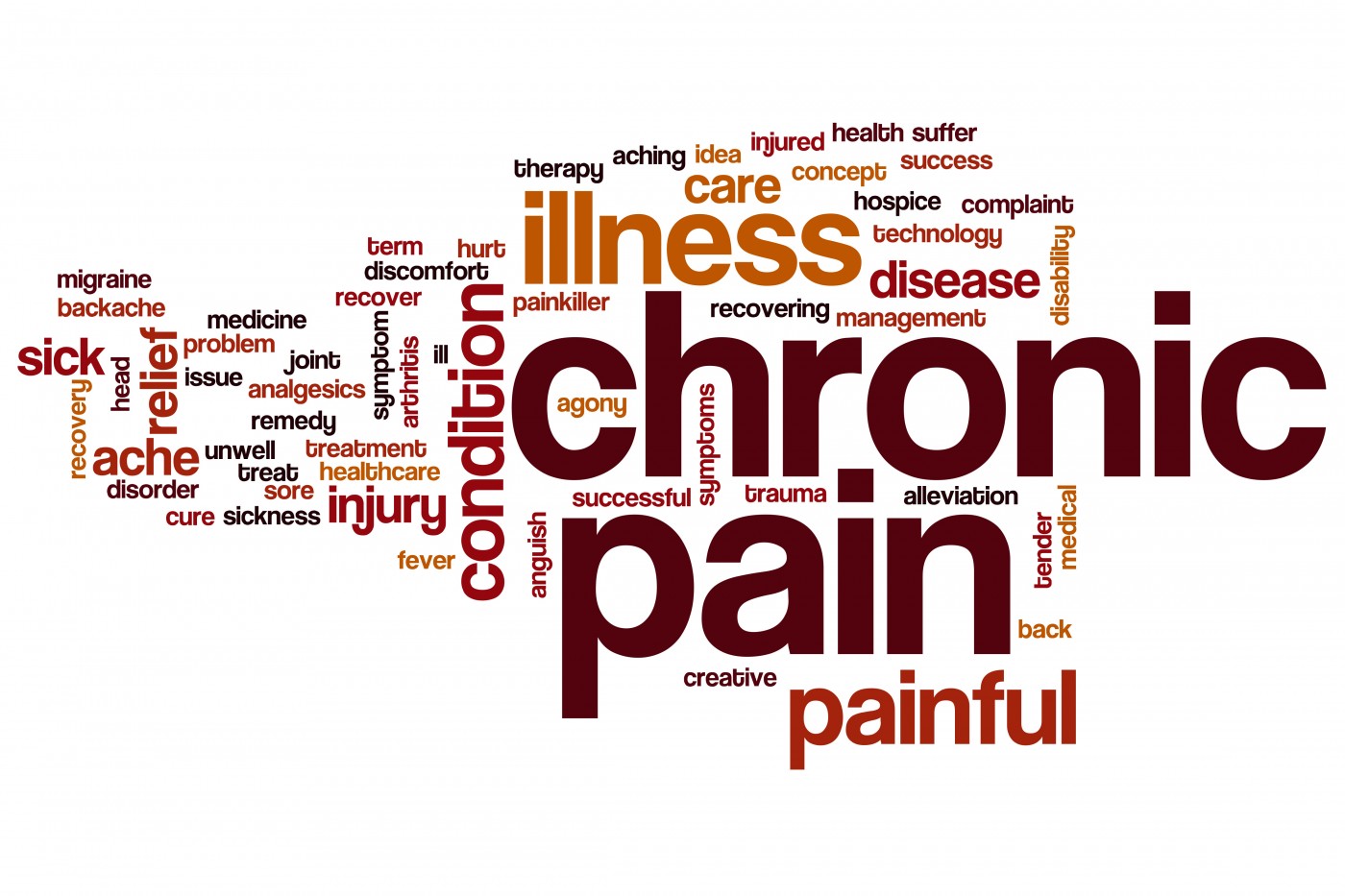Young Hemophilia Patients Report Differing Experiences with Pain, Quality of Life

A recent study involving adolescent and young adult patients with hemophilia, to evaluate racial and ethnic disparities in following recommended clotting factor treatment regimens, chronic pain and quality of life, indicated that non-white patients report more chronic pain and worse quality of life.
The research paper, “Racial Differences in Chronic Pain and Quality of Life among Adolescents and Young Adults with Moderate or Severe Hemophilia,” was published in the Journal of Racial and Ethnic Health Disparities.
Chronic pain is a known and frequent complication of hemophilia and also a reliable predictor of quality of life in patients affected with the disease. But few studies have evaluated the prevalence and management of chronic pain and its impact on the quality of life of hemophilia patients.
Such research is especially important regarding racial minorities, particularly African-Americans, who have reported less pain tolerance, worse quality of life and more disability. Chronic pain data and racial disparity information is especially lacking regarding adolescent and young adult patients, a sub-population that is less likely to have high pain tolerance and the ability to adequately manage the pain.
Researchers had previously found that racial disparities in chronic pain may exist among adolescents and young adults with moderate or severe hemophilia.
The study included 80 hemophilia patients, aged 13-25 years, who had completed an online survey in 2012. Most patients had severe disease (91 %) and hemophilia A (91 %). Responders included 61 patients (76 %) who reported as white; 14 (18 %) as black or African-American; 2 (3 %) as Asian; 2 (3 %) were mixed race; and 1 as American Indian or Alaskan Native. Hispanics accounted for 10 (13 %) participants.
Researchers found that race had little impact on treatment adherence but, compared to whites, non-whites were more likely to report high levels of chronic pain and scored significantly lower in quality of live.
The study concluded: “Future research should more thoroughly examine the complex interplay between biological and genetic, social and cultural (including bias and discrimination), psychological and emotional, and health care system-related factors that could all contribute to these racial/ethnic disparities in chronic pain management and (quality of life).”






